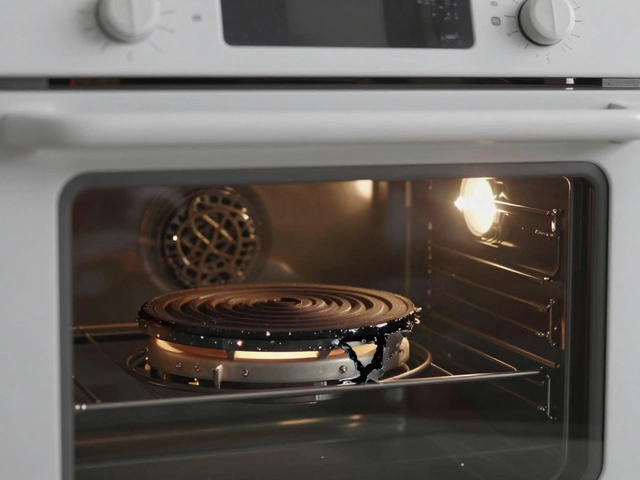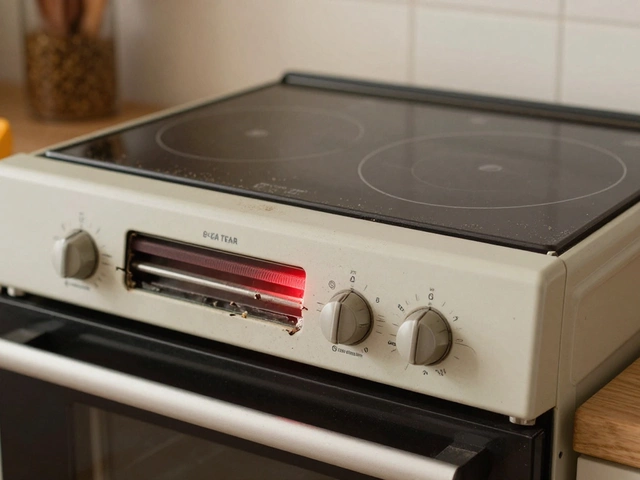Appliance Diagnostics
When working with Appliance Diagnostics, the systematic method of pinpointing problems in household machines. Also known as appliance troubleshooting, it helps both DIYers and pros avoid pricey replacements. The goal is simple: find the exact fault, decide if a repair makes sense, and get the job done fast.
One of the first things you’ll need is a set of Diagnostic Tools, devices like multimeters, code readers, and thermal cameras that reveal hidden issues. These tools let you test electrical continuity, read error codes, and measure temperature spikes. Pair them with a clear Troubleshooting Process, a step‑by‑step checklist that starts with visual inspection and ends with component replacement, and you’ve got a repeatable method that cuts guesswork.
Appliance diagnostics isn’t just about gadgets; it’s also about who’s doing the work. A seasoned Professional Technician, someone trained in electrical safety, refrigeration cycles, and manufacturer‑specific code systems brings experience that speeds up fault identification. Their expertise often determines whether a simple part swap fixes the issue or if the appliance needs a full overhaul.
Why Accurate Diagnostics Save Money and Time
Think about the last time your washing machine stopped spinning. Without a proper diagnostic approach, you might have ordered a new machine or replaced the motor blindly. Using fault codes from the control board, checking voltage levels with a multimeter, and confirming water inlet pressure can tell you whether the issue is a clogged pump, a broken motor, or a software glitch. Each of those scenarios has a different repair cost, and knowing the exact problem prevents unnecessary parts orders.
Another common scenario involves refrigerators that run nonstop, inflating electricity bills. By measuring the compressor's start‑up current and reading temperature sensor codes, you can spot a failing thermostat or a clogged condenser. Fixing that specific part restores efficiency and cuts the bill, whereas a blind replacement of the whole fridge would waste both time and cash.
The diagnostic journey also includes safety checks. Gas‑fuel appliances, for example, must be inspected for leak detection before any electrical testing. A thorough diagnostic routine ensures you catch hazardous conditions early, protecting your home and complying with local regulations.
When you combine the right tools, a solid troubleshooting checklist, and professional know‑how, you turn a vague “something’s wrong” into a clear action plan. That’s the power of appliance diagnostics: it transforms uncertainty into confidence, letting you decide whether to repair, replace, or call in a specialist.
Below, you’ll find a curated set of articles that walk through real‑world examples—from interpreting laptop heat‑signature warnings to deciding if a 20‑year‑old oven still deserves a fix. Each post ties back to the core ideas of diagnostics, tools, process, and expertise, giving you practical tips you can apply right away.


